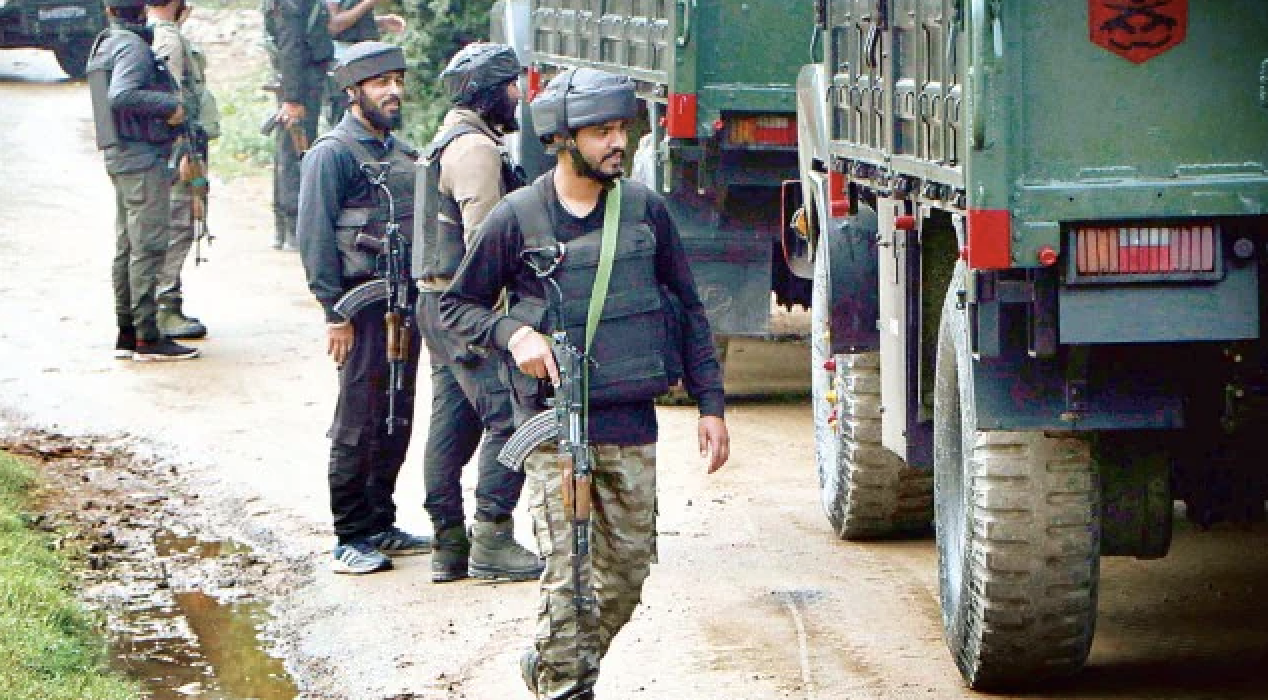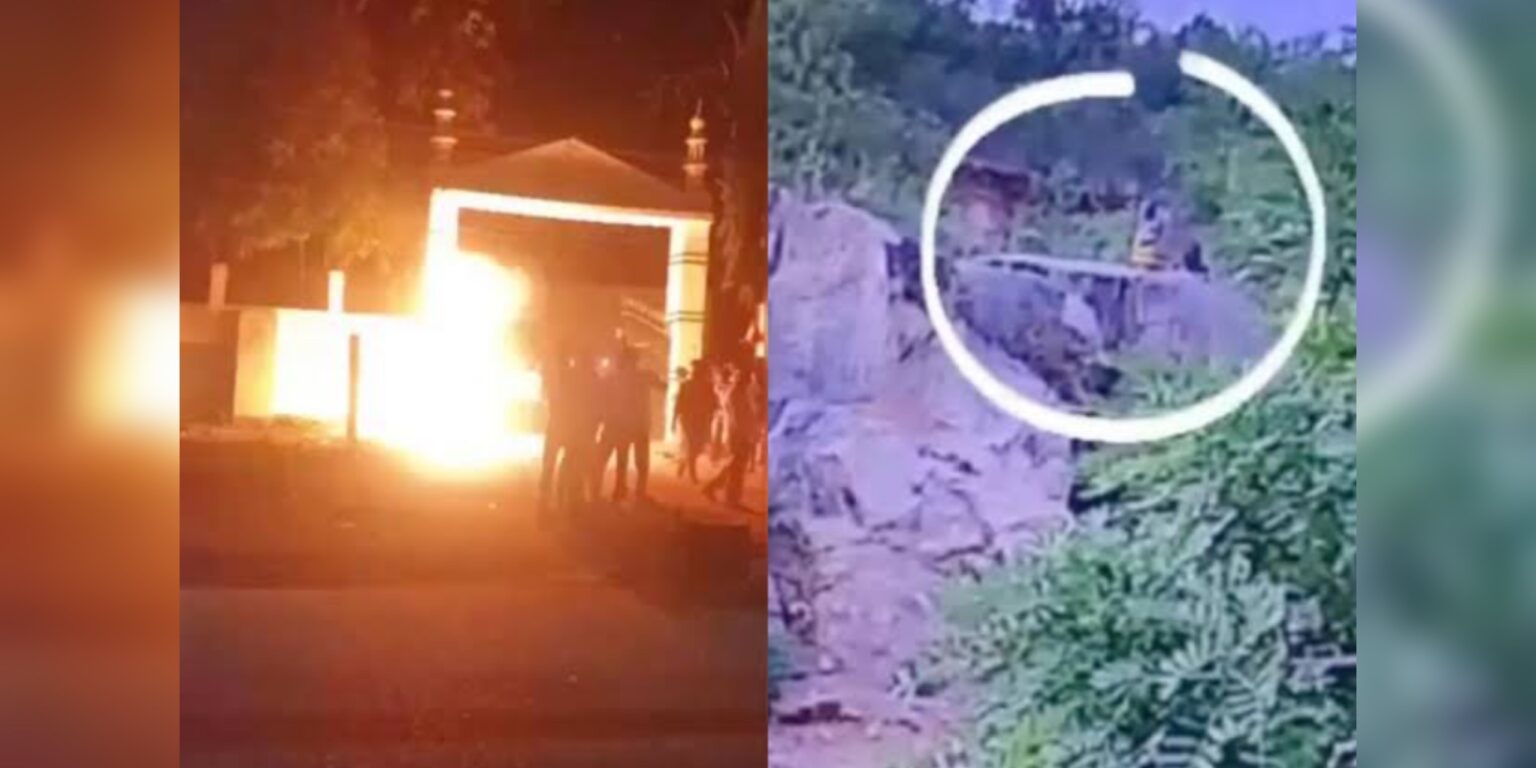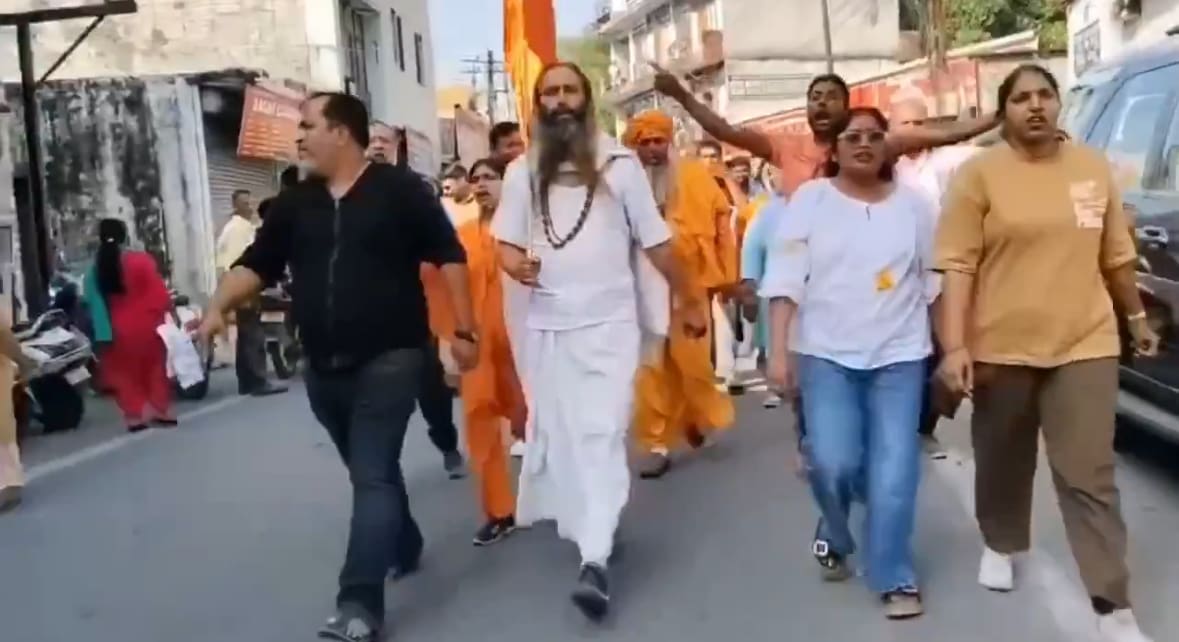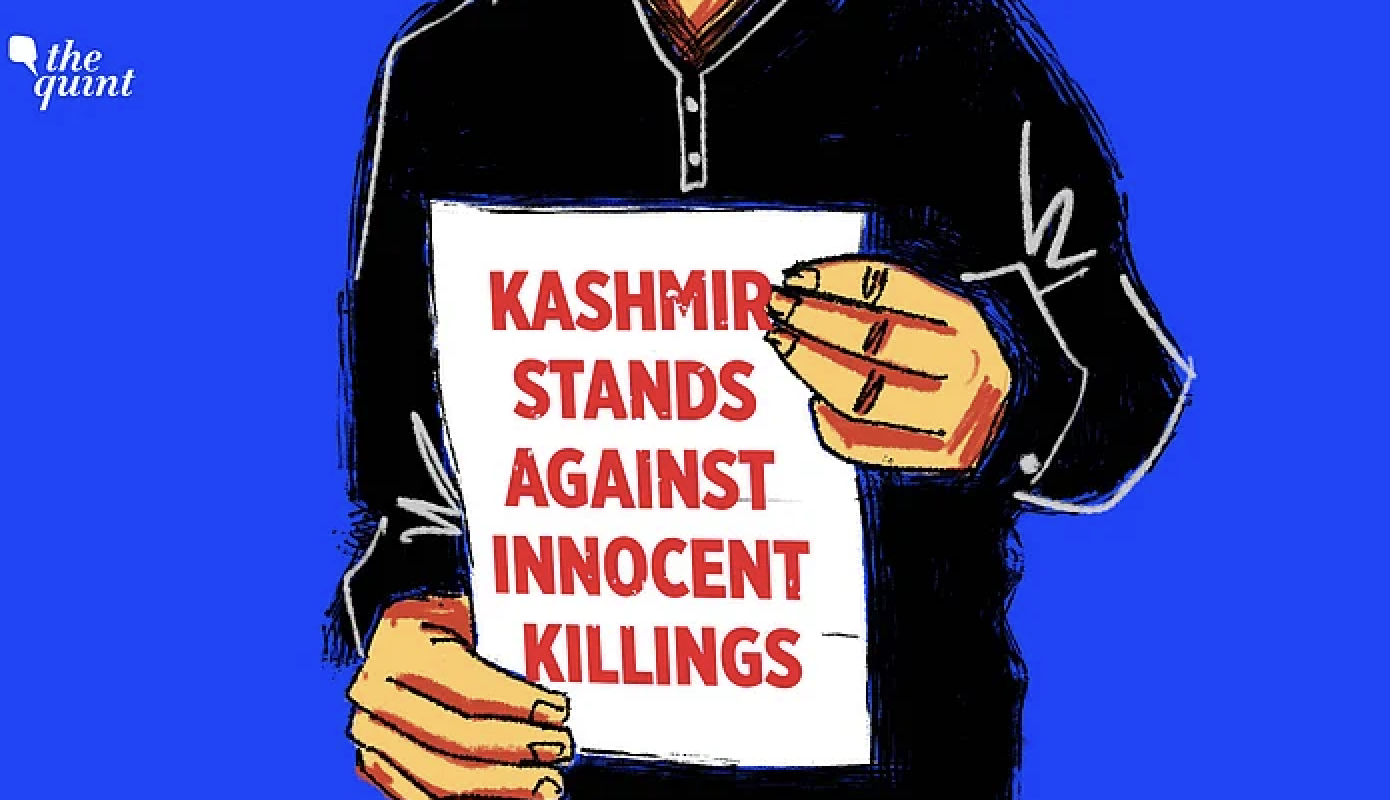
There was Nehru’s India and then there was Vajpayee’s India and now there is Modi’s India. Same soil, but three different countries as it were. It is useful to keep this transformatory evolution in mind as we struggle to cope with changing notions of patriotism in our country.
Modi’s India is different not only from Nehru’s India, but also from Vajpayee’s India. Although Vajpayee belonged to the same ideological school that Modi did, the veteran often adopted a nation-before-ideology approach to policy issues. That put him leagues above the ordinary BJP leader but not in the same category as Nehru.
Nehru’s India had two main characteristics. One, it promoted big-scale nation-building projects, an example being the massive Bhakra Nangal dam that Nehru described as a temple of modern India. Secondly, it set up organisations that rested on the cultural wealth of the country and tried to add to it in constructive ways. Institutions came into being as conceptualised by cultural icons such as Kamaladevi Chattopadhyay and Pupul Jayakar. Thus was born the National Crafts Museum and the arts colony at Faridabad. Crowning this facet of India’s growth was Le Corbusier’s Chandigarh.
The Modi Government has been trying to erase Nehru from the history books, a foolhardy job that only exposes its promoters’ calibre. Nehru had such a role in the making of modern India that it would be impossible to think of India without thinking of Nehru. There is a Shashi Tharoor book with a title that brings this out “Nehru: The Invention of India.”
Christophe Jaffrelot has, rather ironically, contributed to the understanding of Nehru’s India by evaluating “Modi’s India.” This new book has a clear-cut subtitle: “Hindu Nationalism and the Rise of Ethnic Democracy.”
It is time India paid attention to the phrase, Ethnic Democracy. In essence, it means an undemocratic democracy. That is a democracy that equates the dominant majority with the nation and relegates other groups to secondary citizenship. Jaffrelot points to “laws passed by BJP governments to protect Hindu symbols, a crackdown on foreign NGOs and appoint Hindu nationalistic sympathisers as heads of prestigious universities.”
He says India has changed, perhaps irreversibly, from a liberal secular polity a decade ago to a majoritarian ‘ethnic democracy’ today. As evidence, he points to the demonisation of dissent, defiance and denigration of parliamentary procedure by the ruling party and the encouragement of vigilantism.
He draws attention also to the growth and purported influence of the RSS in all sectors from bureaucracy and judiciary to academia and journalism. Campaigns like “love jihad” and “gauraksha” and “ghar wapsi” carry a powerful message. The Government of India, it was pointed out, spends about Rs 1,300 crore every year for publicity.
There is a reference to Bajrang Dal activities in UP against Muslims. A young Dalit had become Muslim because “upper caste people don’t allow a decent life for Dalits.” He was forcibly reconverted and shaved by Bajrang activists. The author does not beat about the bush when he says: “Reconversion is only one means of making Muslims invisible. Not mingling with them in mixed neighbourhoods is another. To achieve segregation, a process of ghettoisation was set in motion in riot-prone cities. In Ahmedabad, for instance, the recurrent violence minorities have been subjected to has prompted them to group together in outlying settlements, such as Juhapura. In this city, municipal decrees prevent them from buying or renting property in Hindu-majority areas, ostensibly due to local communal tensions.”
This is what Indian democracy has come to. Communalism seems to be at the core of it, influencing decisions, social relationships and political positions. It is an upside-down kind of democracy, but it seems to have become too entrenched to be reconsidered. This is India’s tragedy.
References to the communal partisanship of state authorities are hair-raising even in retrospect. The fascist ways used to attack demonstrating students in Aligarh Muslim University provide an example. As regards AMU’s street demonstrators, “the police simply opened fire on them. On December 20, six people were killed. The following day 10 more were killed. The police also targeted property owned by Muslims.”
The real food for real thought is in sentences like: “The lenient attitude of the judiciary vis-a-vis the Bajrang Dal and the VHP prepared the ground for the rise to power of an aggressive version of Hindu nationalism and reflected pro-Hindutva and anti-Muslim bias among judges. For these judges, such tendencies have become commonplace, and tongues have loosened.”
When a Muslim youth was lynched in Pune, the assailants were released on parole by the Bombay High Court. The judge said, “The fault of the deceased was only that he belonged to another religion. I consider this factor in favour of the accused… It appears that in the name of the religion they were provoked.”
When such ideas prevail at the highest levels, there is no scope for confusion as to how the home of a billion free-thinking people turned into “Modi’s India.” Cry, the beloved Country.
This article first appeared on newindianexpress.com






